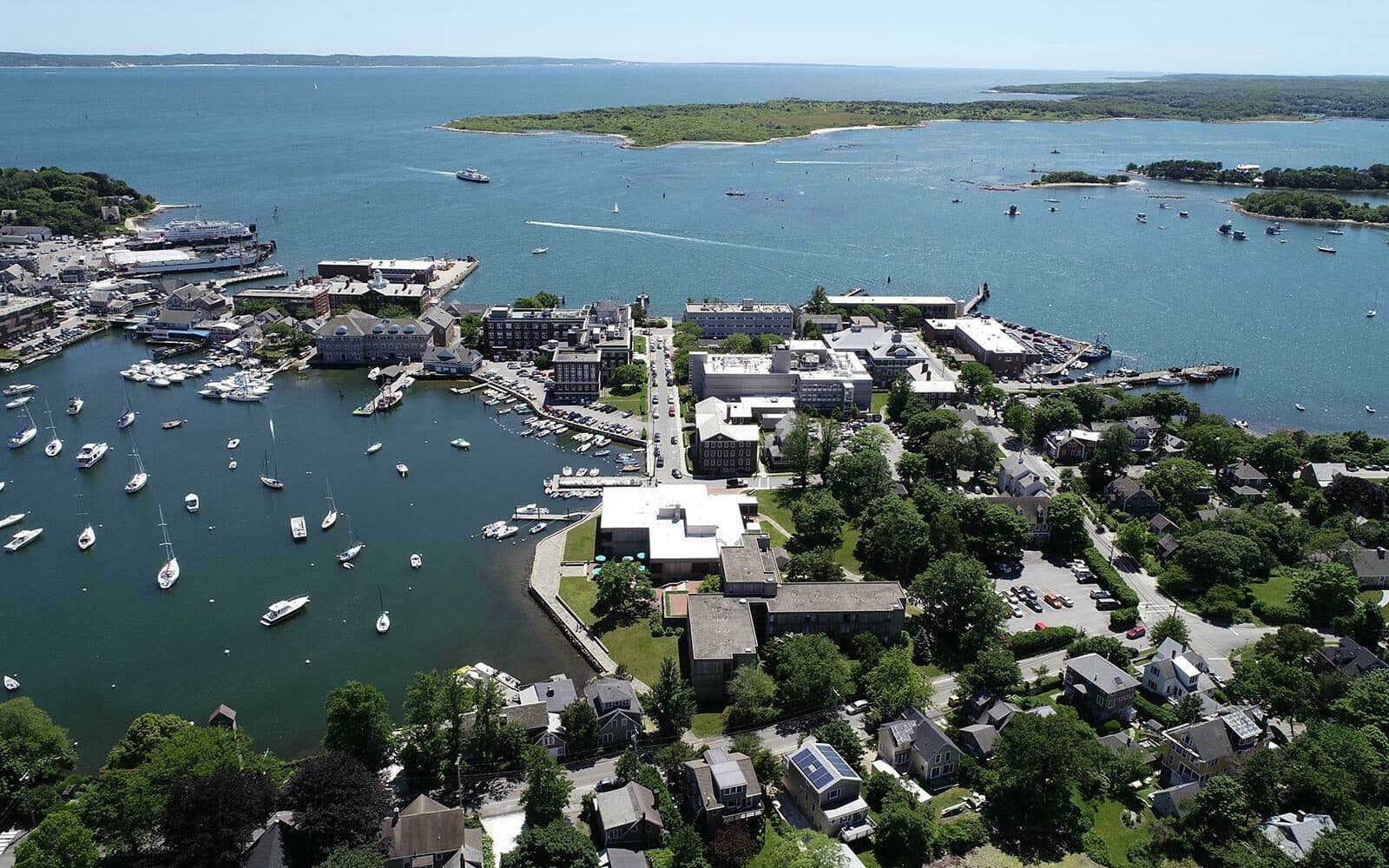Kavli-Grass Fellowships
In partnership with The Grass Foundation, The Kavli Foundation supports early career scientists’ inquiry into neurobiology and changing ecosystems

Woods Hole, Mass., is home to the world-renowned Marine Biological Laboratory (often called MBL), where scientists from around the globe gather to answer some of biology’s biggest questions. It’s also where, each summer, promising early career scientists are selected from diverse backgrounds to spend 14 weeks as Grass Fellows, pursuing independent research projects in neuroscience.
In partnership with the Grass Foundation, The Kavli Foundation supports fellowships for selected scientists whose research explores questions related to neurobiology and changing ecosystems –- a thematic focus at The Kavli Foundation.
“We are honored to be able to collaborate with The Grass Foundation to open doors for fellows to pursue research in this exciting area of neuroscience,” said Amy Bernard, director of life sciences at The Kavli Foundation.
Inaugural Kavli-Grass Fellow Rosalyn Putland spent the summer of 2022 studying the acoustic sensitivities of bobtail squid to better understand how exposures to noise pollution affects hearing capabilities in developing animals. She found that, indeed, loud sounds from boats can cause hearing loss in these small cephalopods.
In addition to its first Kavli-Grass fellow, the 2022 Grass Fellow cohort included Horst Obenhaus from the Kavli Institute for Systems Neuroscience at the Norwegian University of Science and Technology. Obenhaus utilized his fellowship to study sleep, learning, and memory in octopuses, and with support from The Kavli Foundation, extended the term of his summer fellowship to pursue intriguing research findings.
The 2023 cohort of Kavli-Grass Fellows will pursue new questions focused on how different neuronal systems are impacted by their surroundings.
Kei Jokura from the University of Exeter will explore the effects of light on comb jellies and how it changes their sense of gravity as they swim. Ctenophores change direction and orientation in the water using a comb plate in their body that responds to gravity-sensing balancer cilia, which are clustered in a region of sensory neurons and light-sensitive cells. He will investigate if light stimulation in this area will affect the balancer cilia and alter the animal’s sense of gravity.
James Lee, based at The Rockefeller University, will be looking at the birthing behaviors of a recently described species of nematode worm called Tokorhabditis tufae. First discovered in Mono Lake, California, the worm is notable for its extreme lifestyle, not only because it can survive alkaline, hypersaline, and arsenic-rich environments, but also because of its unusual mating system, which includes males, females, and self-fertilizing hermaphrodites.
And Tommi Anttonen, of the University of Southern Denmark, will be investigating how noises from human activity affects birds like the zebra finch. He will study how hair cells in the avian ear are affected during exposure to loud noises, specifically the ramifications for presynaptic terminals. He will also consider how mechanisms governing hearing in birds compare to those in rodents.
From squid and jellies to worms and birds, what unites these projects is a drive to understand how animals respond to their surroundings –- how cues like light, noise, chemicals, and other sensory information gets encoded by the brain and how animals then respond. And as those inputs change due to human activity, or completely novel cues are encountered, how do animals’ nervous systems react?
“There are so many unanswered questions related to how different neuronal systems evolve in situations of accelerated change," said Bernard. "We are inspired by the next generation of scientists – like the Kavli-Grass Fellows – who are taking on these tough questions in their research."